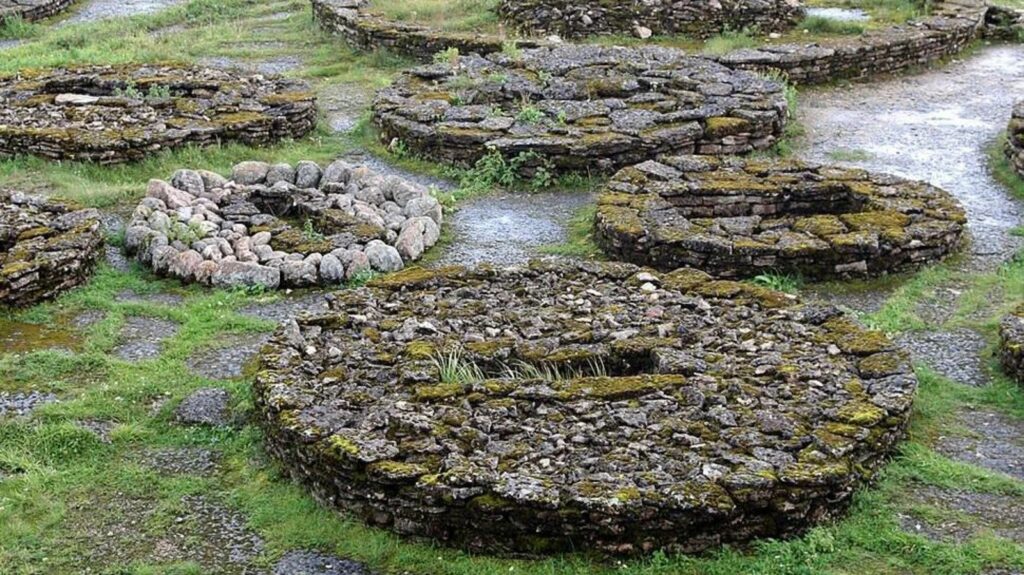Traces of Siberian Genes Detected in Some Northern Europeans

According to a fascinating new study combining genetics, archeology, and linguistics, Northern Europeans who speak Uralic languages such as Estonian and Finnish can thank ancient migrating Siberian populations for their dialects.
The majority of Europeans can trace their origins back to several ancestral populations, namely indigenous European hunter-gathers, early farmers from Anatolia (now Turkey), and Eurasian Steppe herders. European speakers of Uralic languages, such as Estonians and Finns, have DNA from ancient Siberians, which is unique among European populations.
The commingling of migrating Siberians with northern Europeans likely happened as some point within the last 5,000 years, but scientists have struggled to put a more precise date on it.
In the journal Current Biology, a research team led by archaeogeneticist Lehti Saag from the University of Tartu in Estonia has published new research that appears to finally answer this unresolved question.
By combining genetics with archaeology and linguistics, the team has shown that Uralic language speakers reached the Baltic at the beginning of the Iron Age some 2,500 years ago. What’s more, the migrating Siberians brought more than just their language with them—they also brought their DNA, the traces of which can still be seen in northern European populations.
For the study, Saag and her colleagues extracted ancient DNA from the teeth of 56 individuals who lived between 3,200 to 400 years ago, of which 33 provided samples robust enough for a DNA analysis.
The remains were pulled from Estonian Late Bronze Age graves dating to about 1200 to 400 BC and pre-Roman Iron Age graves dating back to between 800 BC and 50 BC.
“Studying ancient DNA makes it possible to pinpoint the moment in time when the genetic components that we see in modern populations reached the area since, instead of predicting past events based on modern genomes, we are analyzing the DNA of individuals who actually lived in a particular time in the past,” explained Saag in a press release.
Results of the analysis showed that Siberians reached the eastern Baltic no later than around 2,500 years ago.“We show that a component of possibly Siberian ancestry was added to the gene pool of the Eastern Baltic during the Bronze to Iron Age transition at the latest,” wrote the authors in the study. “Notably, the Bronze to Iron Age transition period also coincides with the hypothesized arrival of westernmost Uralic (Finnic) languages in the Eastern Baltic, supporting the idea that the spread of these languages was mediated by… migrants from the east.”
The transition from the Bronze to the Iron Age coincides with the diversification and arrival time of Finnic languages in the Eastern Baltic proposed by linguists, so it’s “possible that the people who brought Siberian ancestry to the region also brought Uralic languages with them,” said Saag in the press release. Archaeological evidence suggests the Siberians took a southwestern route to the Baltics, traveling through the Volga-Ural region.
Intriguingly, and consistent with other research, the analysis found that migrating Siberians introduced the genetic variants for light eyes, hair, and skin, along with an intolerance to lactose—characteristics that are still present in modern northern Europeans.
These traits can now be traced back to the Bronze Age in the eastern Baltic. As the authors noted in the study, the finding is “in line with previous suggestions that light skin pigmentation alleles [genetic variants] reached high frequencies in Europe only recently.”
Saag said her team’s research is significant because it’s a great example of where the field of studying the human past is moving. Insights from different fields, in this case archaeology, linguistics, and genetics, is “put together to gain as clear of a picture of the past as possible,” she said.
The paper is also significant in that the researchers “pinpoint the arrival of a 4th ancestry component in the Eastern Baltic,” one that’s “on top of European hunter-gatherer, Anatolian farmer, and Steppe pastoralist ancestry present all over Europe” which now separates most of the Uralic speakers in Europe from most of the other European populations, Saag said.
Looking ahead, Saag would like to study Iron Age migrations in more detail and conduct genetic analyses of individuals living during the medieval time period.





